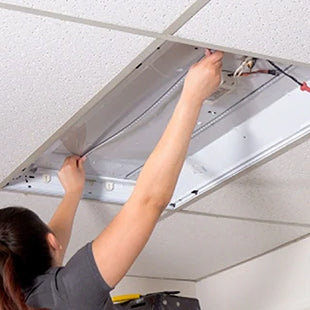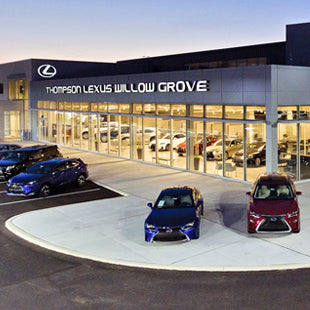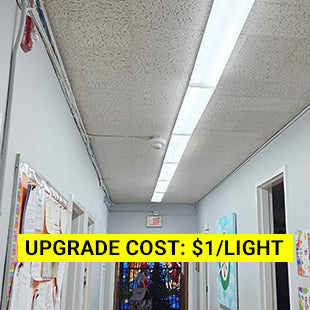The Science of LED Flood Lights: How Do They Work?
Have you ever wondered how LED flood lights actually work? In this blog, we'll delve into the science and technology behind them, exploring their inner workings and how various components like diodes and drivers contribute to their efficiency and performance.
Understanding the Basics of LED Flood Lights
Before we dive into the nitty-gritty of LED flood lights, let's briefly understand what an LED is. LED stands for "Light Emitting Diode." It's a semiconductor device that emits light when an electric current passes through it. Unlike traditional bulbs, which rely on heating a filament to produce light, LEDs are solid-state devices, making them more energy-efficient and durable.
LED flood lights, as the name suggests, are designed to flood an area with intense, focused light. They are commonly used for outdoor lighting applications, such as illuminating parking lots, building facades, or sports fields. Now, let's dissect how these lights work.
The Key Components of LED Flood Lights
- LED Diodes: The heart of any LED light is the diode. In an LED flood light, multiple diodes are arranged on a circuit board. When an electric current flows through the diodes, they emit photons, producing visible light. The color of the light emitted depends on the materials used in the diode's construction.
- Driver Circuit: LED diodes require a consistent and controlled electrical current to function optimally. This is where the driver circuit comes into play. The driver regulates the voltage and current supplied to the LEDs, ensuring they receive the appropriate amount of power. Drivers also protect the LEDs from voltage spikes and fluctuations, which can extend the lifespan of the flood light.
- Heat Sink: LED flood lights generate some heat during operation, but much less than traditional lighting technologies like incandescent or fluorescent bulbs. To dissipate this heat and prevent overheating, LED flood lights are equipped with a heat sink. This component is usually made of aluminum or another heat-conductive material and helps maintain the LED's efficiency and longevity.
- Optics and Reflectors: To achieve the desired lighting pattern, LED flood lights often include optics, lenses, or reflectors. These components help focus and direct the light to the target area. Depending on the design, flood lights can produce a narrow beam for spotlighting or a wide beam for general area lighting.
The Efficiency and Performance of LED Flood Lights
Now that we've discussed the key components, let's explore how they contribute to the efficiency and performance of LED flood lights:
- Energy Efficiency: LED flood lights are renowned for their energy efficiency. They convert a higher percentage of electrical energy into visible light, wasting less energy as heat. This efficiency not only reduces electricity bills but also minimizes the environmental impact.
- Longevity: LED diodes have an exceptionally long lifespan, typically 50,000 hours or even more. Combined with efficient heat management, this longevity ensures that LED flood lights require less frequent replacement, saving both time and money.
- Instant Illumination: Unlike some traditional lighting technologies that require warm-up time, LED flood lights provide instant illumination. This is particularly beneficial for security lighting, where quick response times are crucial.
- Customizable Lighting: The use of optics and reflectors allows for precise control over the light distribution. This means that LED flood lights can be tailored to specific applications, ensuring that the right amount of light is directed where it's needed most.
- Durability: LED flood lights are durable and resistant to shock and vibration, making them suitable for outdoor and high-impact environments. Their solid-state construction also means they are less susceptible to damage from frequent on-off cycling.
In conclusion, the science behind LED flood lights revolves around the efficient conversion of electrical energy into visible light. Through the use of LED diodes, driver circuits, heat sinks, and optics, these lighting fixtures offer outstanding energy efficiency, longevity, and performance. As technology continues to advance, LED flood lights are likely to become even more versatile and integral in our daily lives, illuminating the world while minimizing energy consumption and environmental impact.





